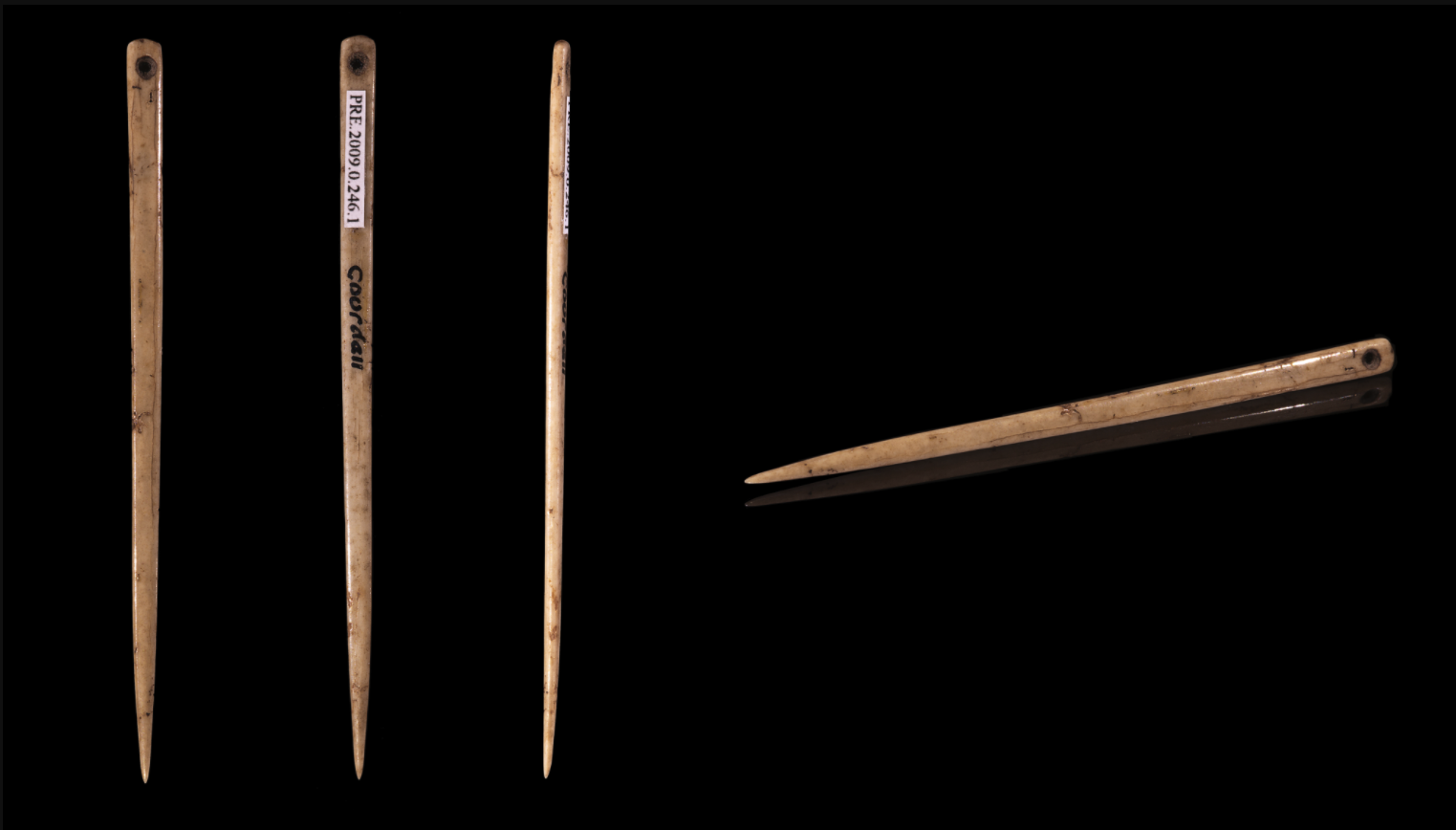Unearthing the Past: World's Oldest Needle Sheds Light on Ancient Human Innovation

Discovering the world's oldest needle is like unearthing a piece of our ancient human story, a tangible link to our resourcefulness and creativity. The oldest needle ever found provides a captivating glimpse into the lives of our distant ancestors and how they crafted essential tools for survival.
This extraordinary discovery was made in the Sibudu Cave, a rock shelter located in what is now South Africa. The needle, made from bone, was carefully crafted by early Homo sapiens who inhabited the region around 61,000 years ago during the Middle Stone Age. The bone needle, slender and finely honed, showcases remarkable craftsmanship, demonstrating the ingenuity of these early humans.
What makes this ancient needle even more intriguing is its functional design. It features a small, perforated eye, which allowed for the threading of sinew or plant fibers. This detail hints at its probable use for sewing and stitching tasks, such as creating clothing from animal hides. This ability to sew clothing was a critical advancement for our ancestors, as it provided not only protection from the elements but also a means of expressing creativity and cultural identity through adornment.
The discovery of this ancient needle also sheds light on the cognitive and motor skills of early humans. Crafting such a delicate tool would have required precision and knowledge of how to work with bone, showcasing the sophistication of these ancient communities.
The Sibudu Cave needle is not only an archaeological treasure but also a testament to the resourcefulness and adaptability of our species. It speaks to the universal human drive to create and innovate, even in the most challenging environments. This humble bone needle is a reminder that our ancestors, despite the vast temporal and technological distances that separate us, shared with us a common human spirit of curiosity and invention.
